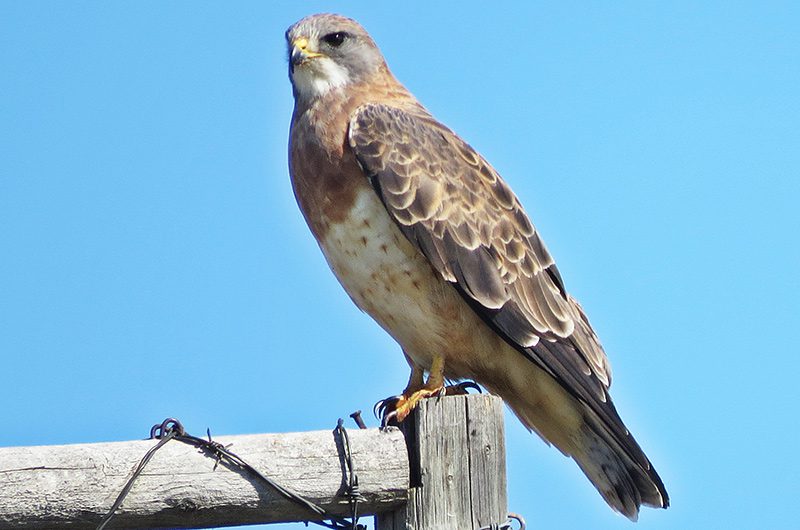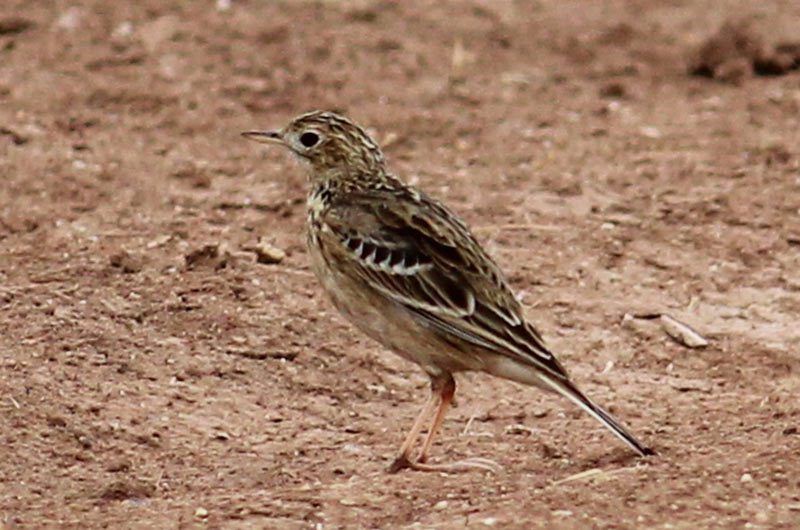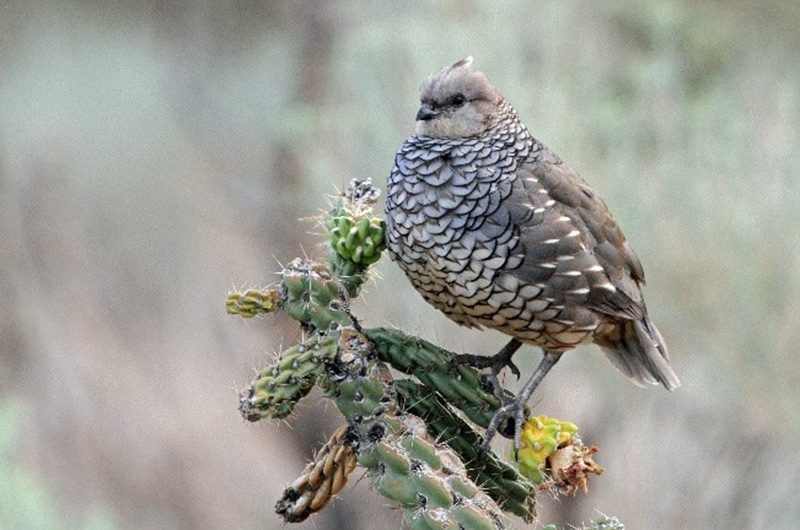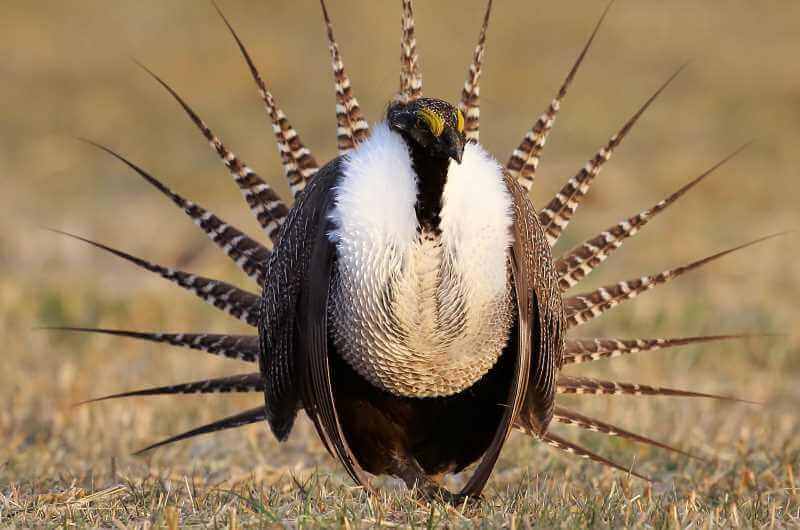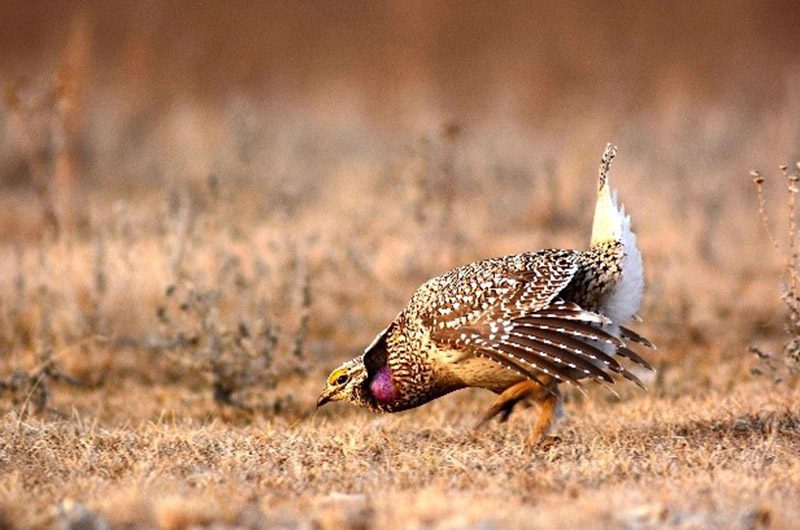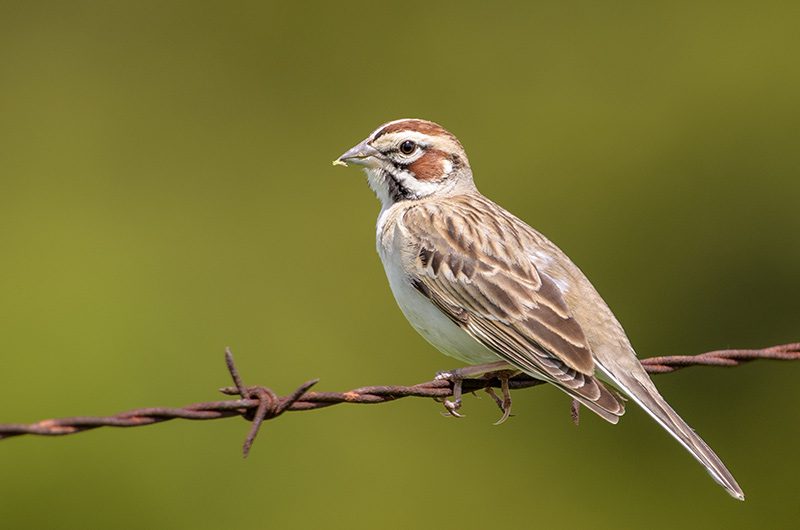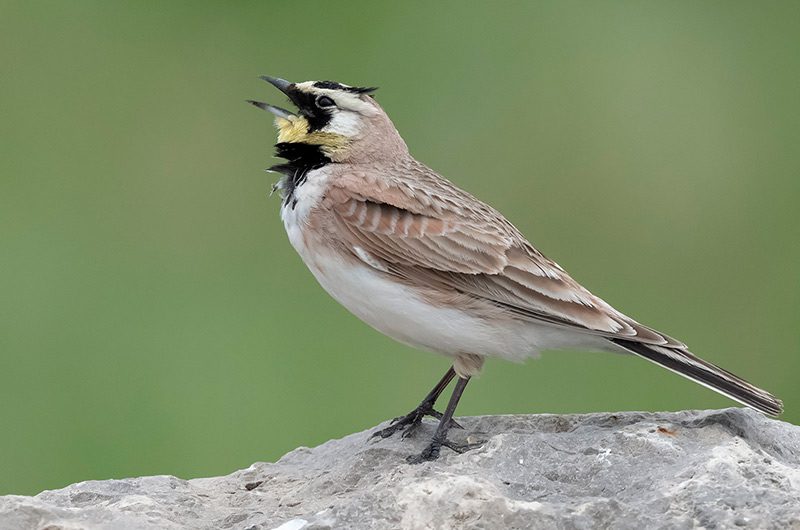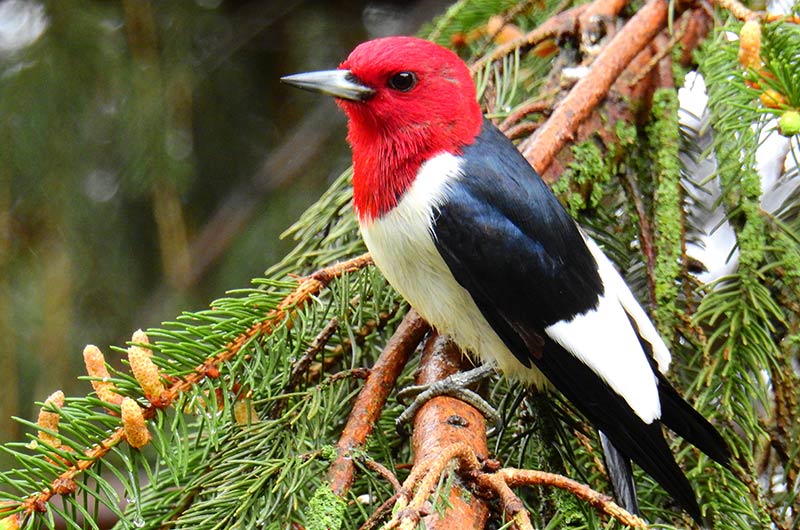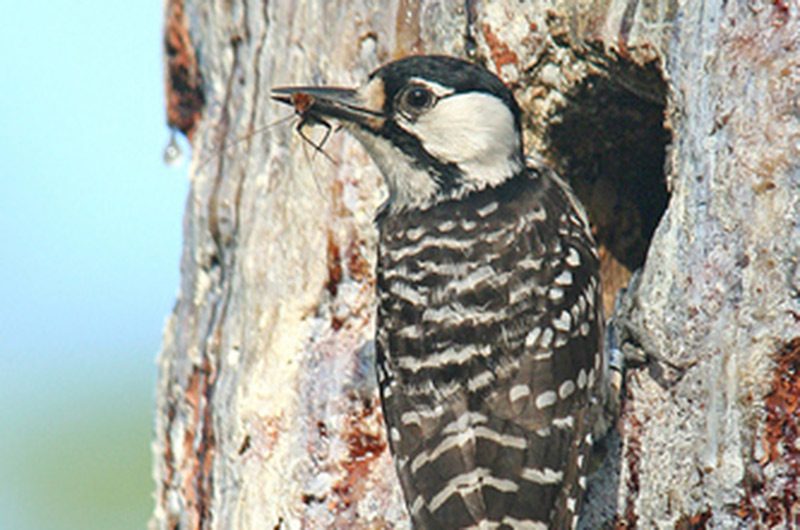LandPKS Learning
Habitat Hub
Factsheets and other helpful resources about the wildlife species living on your land (US only)
Swainson’s Hawk
A highly gregarious species, the Swainson’s hawk forages and migrates in flocks sometimes numbering in the thousands. Its movement through Central America has been described as among “the most impressive avian gatherings in North America, since the demise of the Passenger Pigeon”. Nearly 350,000 Swainson’s hawks have been counted passing over a single point in Panama City in October and November, and up to 845,000 have been counted in a single autumn in Veracruz, Mexico.
Read moreSprague’s Pipit
When males are displaying during the breeding season to attract a mate, they often remain airborne for half an hour. In one case, a male Sprague’s pipit was observed displaying for 3 hours before descending to the ground! No other bird is known to perform such prolonged displays.
Read moreScaled Quail
Scaled quail populations can fluctuate each year in response to weather in a boom-bust cycle, mainly from a lack of rain or heavy snowfall. These weather events reduce food supplies and cause mortality, but quail population can rebound in years with ample food. They typically have short life spans but high reproductive potential.
Read moreGunnison Sage-grouse
Gunnison sage-grouse became officially recognized as a distinct species from greater sage-grouse in 2000, and was the first new bird species recognized in the U.S. since the 1800s! They are geographically isolated from greater sage-grouse populations, found in seven distinct populations in southwestern Colorado and southeastern Utah. There are fewer than 5,000 individual Gunnison sage-grouse, and the species is classified as Threatened under the Endangered Species Act.
Read morePygmy nuthatch
To survive cold nights, pygmy nuthatches huddle together in tree cavities and let their body temperature drop down into hypothermia. They are one of two bird species in North America that uses this combination of energy-saving mechanisms; the other being the Vaux’s Swift.
Read moreSharp-tailed Grouse
Sharp-tailed grouse were an important source of food for Native Americans, and elements of the birds’ spring breeding display have been incorporated into the traditional dances of some Native American tribes. Some dances, such as the Grouse Dance of the Northern Tutchone people, is still practiced to this day.
Read moreLark Sparrow
Courting male lark sparrows put on a dance that lasts for up to 5 minutes. The dance starts with the male hopping, then spreading his tail and drooping his wings so that they nearly touch the ground, almost like a turkey strutting.
Read moreHorned Lark
The female Horned Lark selects a nest site on bare ground, apparently with no help from her mate. She uses her bill to loosen soil and flip it aside to dig a cavity, sometimes also kicking dirt out with her feet. She either chooses a natural depression in which to build the nest or excavates the site herself, a process that can take several days.
Read moreRed-headed Woodpecker
Red-headed woodpeckers eat the most insects of any woodpecker, sometimes caching grasshoppers alive in a tree crevice so they can be eaten later. Red-headed woodpeckers are also one of the few woodpeckers to store food for later and is the only one known to cover stored food with wood or bark. They may also store nuts and acorns in human structures, like in gate posts and under roof shingles.
Read moreRed-cockaded Woodpecker
Naturalists in the 1800’s reported red-cockaded woodpeckers as very abundant throughout their range. Between 1970 and 2014, the red-cockaded woodpecker declined in numbers by 81% based on Breeding Bird Survey and Christmas Bird Count information.
Read more
Mobile App | Data Portal | Knowledge Hub | Habitat Hub | Learning Collections | Blog | About | Contact | Support

